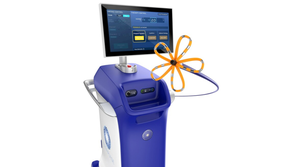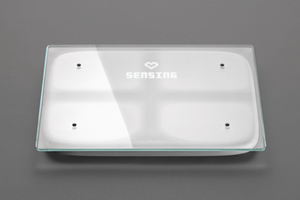July 1, 2002
Originally Published MPMN July/August 2002
Miniature Motor May Enable Smaller-Diameter Catheters
|
Advanced Semiconductor Engineering Inc. will manufacture miniature linear actuators for NanoMuscle Inc. at its Korean facilities. |
Researchers working at Pennsylvania State University (State College, PA; www.psu.edu) have developed an ultrasonic piezoelectric motor that measures 4 mm long and 1.8 mm in diameter, dimensions that approximate those of a single grain of rice. Constructed of common materials to allow inexpensive mass production, each motor consists of a metal or plastic tube, two strips of lead zirconate tintanate, and a spring. The researchers stress that despite their small size, the motors are very powerful. "Our prototypes deliver a power output of 1 mN•m, just under the strength required to break the skin and draw blood," says professor of electrical engineering and team leader Kenju Uchino. An efficiency of 28% is cited as another benefit of the piezoelectric components. Most miniature electromagnetic motors offer an efficiency of 2%.
"Because the motors are so small and can be manufacturedinexpensively, they are ideal for narrow-diameter, disposable medical instruments," says Uchino when asked about potential applications for this novel technology. Catheters employed to break up kidney stones are just one example of these kinds of products. Currently, these catheters must have a diameter of at least 3 mm to accommodate the necessary motion control components. The Penn State motor would allow a diameter reduction of roughly 1 mm, making the catheter more comfortable to the patient while retaining sufficient power to eliminate the deposits. Because they are not electromagnetic, the motors could also be used in instrumentation for magnetic resonance imaging.
Copyright ©2002 Medical Product Manufacturing News
You May Also Like



